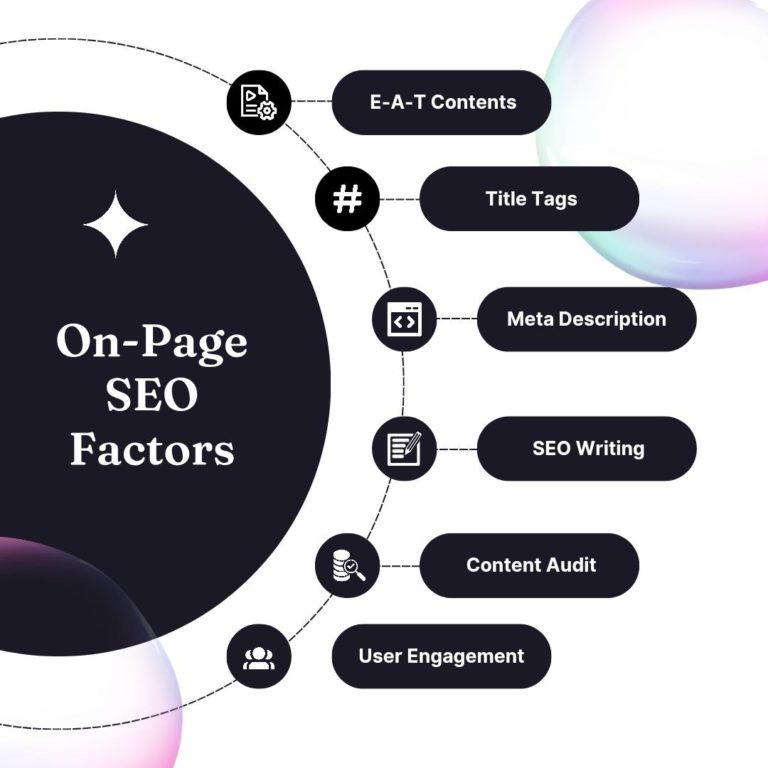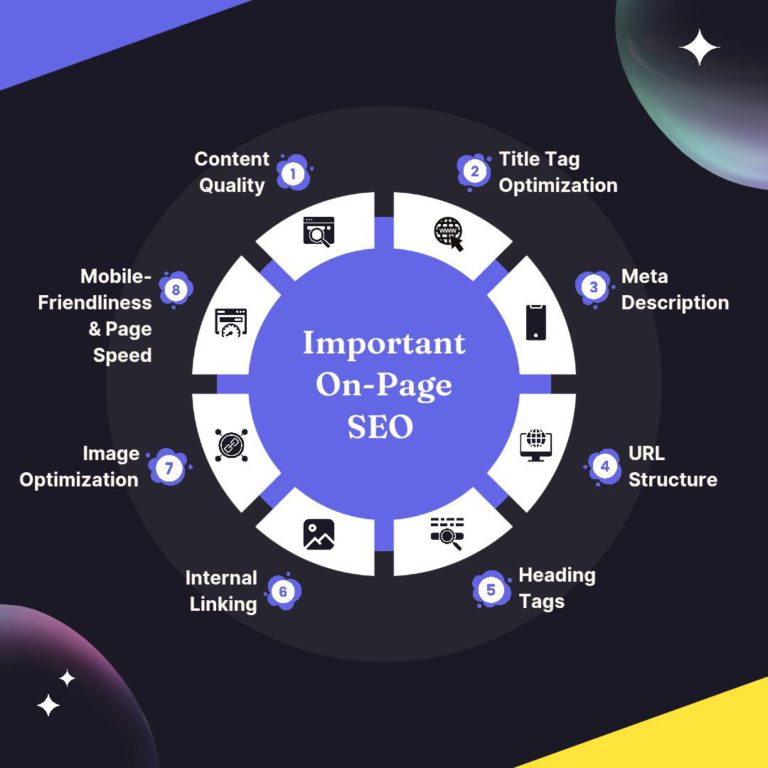On-Page SEO – Labonii
On-page SEO refers to the process of optimizing individual web pages to rank higher in search engines and attract more relevant traffic. It includes optimizing content, titles, headings, meta descriptions, URLs, and images. With tools like Elementor, you can easily structure content, use proper heading tags, and place keywords naturally. Mobile responsiveness, fast loading speed, and internal linking are also essential for better performance. Using SEO plugins like Yoast or Rank Math, you can analyze and improve your on-page SEO effectively. Labonii helps you implement these techniques step-by-step to ensure your website is both user and SEO-friendly.

On Page SEO
On-page SEO is a crucial step that makes a website appear trustworthy and relevant in the eyes of search engines. Its goal is to ensure every piece of content is clearly presented for both readers and Google. It’s not just about using keywords—content structure, relevance, user experience, and readability also play key roles. A well-optimized page keeps users engaged and signals to search engines that the page is truly valuable. Elements like HTML tags, information architecture, internal linking, and speed optimization are all part of this process. Without strong on-page SEO, a website cannot compete effectively in search rankings.
Our On-Page SEO Services
At Labonii, we provide modern and result-driven On-Page SEO services to improve your website’s Google ranking. Our services include title tag and meta description optimization, keyword research and placement, image SEO, clean URL structure, internal linking, and mobile responsiveness. We work efficiently on both WordPress and Elementor platforms. By making your website faster, SEO-friendly, and content-rich, we help attract real traffic and potential customers. Labonii’s experienced SEO team is dedicated to ensuring your online growth through strategic on-page optimization tailored to your business goals.

Important Parts of On-Page SEO
On-page SEO focuses on optimizing individual web pages to help search engines understand and rank them better. The most important parts include high-quality, original content, an SEO-friendly title tag, a clear and compelling meta description, and a clean URL structure. Proper use of heading tags (H1, H2, H3), strategic keyword placement, and image optimization with ALT text are also key. Adding internal links improves navigation and helps search engines crawl your site. Additionally, mobile responsiveness and fast page loading speed greatly enhance both user experience and SEO performance.
